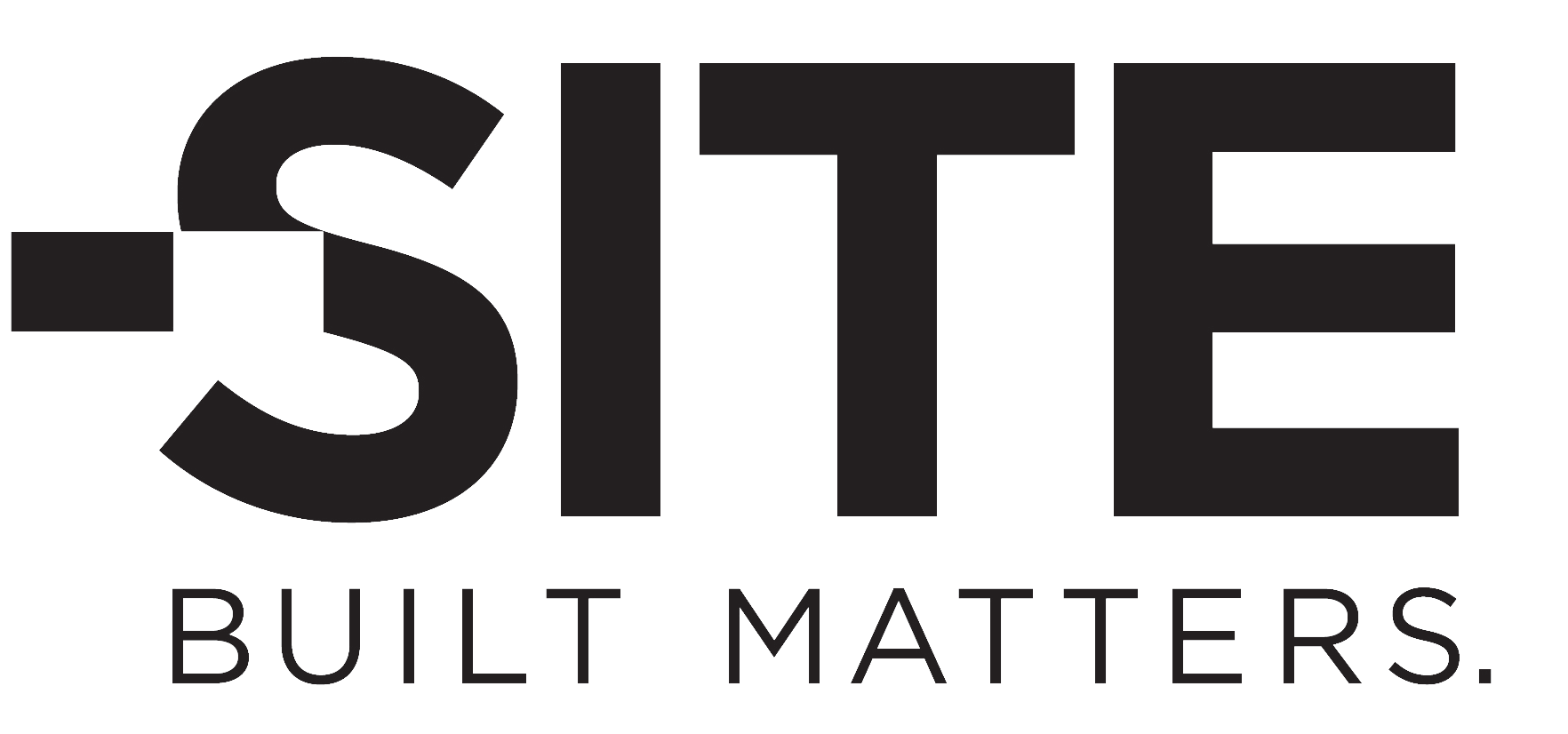Hard Lines in Endless Sprawl

By Ruth Jones, Contributing Editor
Our feature photographer for Volume 35: Borders is Rob Cleary. Currently based in Los Angeles, he has captured an oneiric set of images by helicopter that reveal many of the city’s hard edges within its seemingly endless sprawl. Editor Ruth Jones, who also occasionally calls LA home, explores Rob’s images, discussing the highways, landscapes, and social conditions that divide the city of dreams.
Los Angeles is an agglomeration, as segmented as it is sprawling, and from the air its freeways carve it up. In 1904, the city passed the first ordinance on urban land use in the United States, a document that laid out the borders of two residential neighborhoods west of the LA River. Specifically the concern was washhouses and public laundries: zoning for the restriction of activity, an official precedent for putting “this thing here and not that” as the city began a sprawling century.1
As growth decentered Los Angeles, the city’s roads knit it together. Mike Davis called it carceral in its manipulation of public and private space, the “bad edge of post-modernity.”2 Edward Soja and other Los Angeles School urbanists were more optimistic.
If you’re always taking the off-ramps that feed you into the middle of the familiar, do you ever cross a border? But lines matter: historically and socially determined boundaries based in class, race, and language reverberate through contemporary discussions of gentrification and identification, whether we’re talking about the legacy of Rodney King or a Hollywood actor’s awkward attempt to legitimize a less than glamorous youth by confusing the Spanish-speaking, ungentrified, Latino, neighborhoods of East LA with what’s become, with its newish wine bars and upscale boutiques, best identified as the hipster, rather than historical, east side.
If the limits that circumscribe LA’s neighborhoods and populations define one aspect of the city’s form, its seeming ignorance of other conditions has been equally important to its sense of limits. From the early 20th century on, suburbia crept outwards, up the sides of mountains and along the valleys that snake through them to the desert, pushing the regional capacity of resources, infrastructure and water needed to support such growth.
There’s a reason Chinatown, the 1974 film with Jack Nicholson, a tragic Mulholland figure, murder, corruption and a water crisis, has worked its fiction into the city’s founding myth.
In Rob Cleary’s photographs LA slips into night. From Malibu beaches to houses perched on the crumbling edges of palisades that take in the view, from the crisp lines of lawns defined by the reaches of sprinkler systems all the way downtown, only the thickest dividing lines appear: the freeways that snake around each other and the natural geography. Every day the city seizes, then around 7pm walls of traffic begin to dissolve, headlights go on, things start moving again. Along and across the borders of Los Angeles, cars move in their bubbles of light.
And outside the photographs the city stops. Is Los Angeles finally reaching the limits of its ability to sprawl? The natural boundaries are the ones that I keep scrolling back to, the one’s that let even outsiders know where they are. There’s the river, the long line of it, channeled and contained in its concrete trench. There are the mountains. There’s the beach.
The beach shows up in shot after shot, a line that thickens and narrows as it wraps around at the city’s edge. From Mexico to Oregon the California coast is public land, unownable (if you can cross the borders you need to cross to get there). At the edge of the frame there’s the horizon, disappearing in the sun.
To see more of Rob's work visit his website: www.rvcleary.com
Sources
2 City of Quartz: Excavating the Future in Los Angeles. Mike Davis. 1990
Rob Cleary is an Architectural and portrait photographer, commercial and branded content director, cinematographer and editor. He is trained in design and loves to travel. He is currently based in Los Angeles, but proudly calls New York City, Chicago, and the Rocky Mountains home.
Rob is our feature photographer for Volume 35: Borders. He has contributed a series of photographs, shot from helicopter, of Los Angeles that are featured in our print edition and online.





